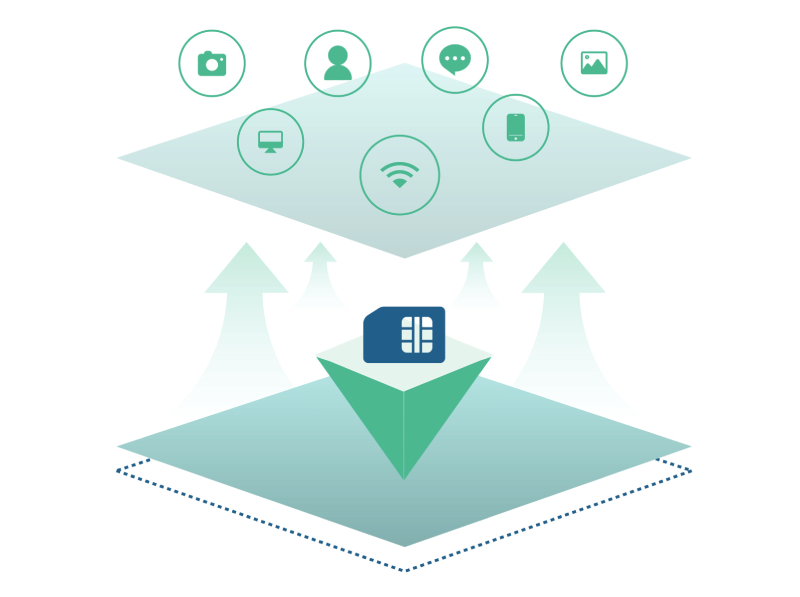SD-IoT
The Internet of Things (IoT) refers to an ecosystem of physical objects ("things") embedded with computing devices, sensors, software, and network connectivity. It aims to enable data collection, transmission, exchange, and processing via the Internet, thereby achieving intelligent identification, positioning, tracking, monitoring, and management.

